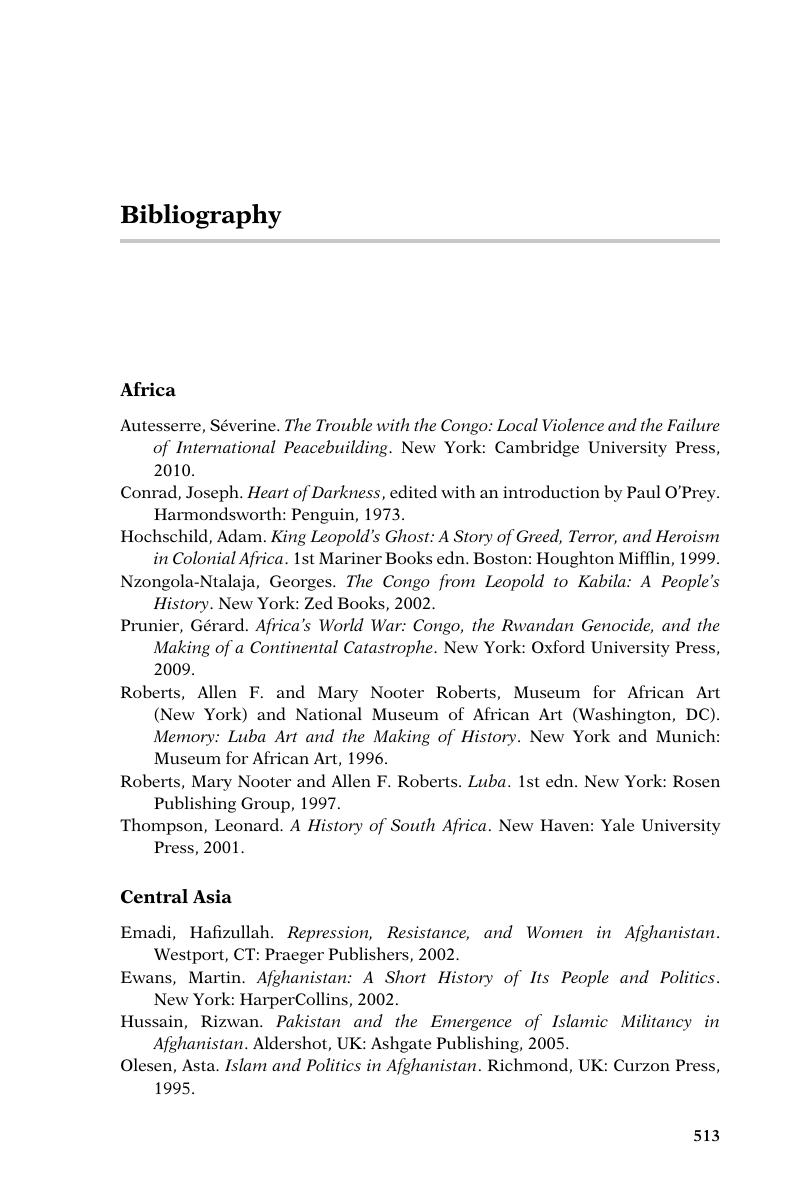Book contents
- Advance praise for Peacemakers in Action: Profiles in Religious Peacebuilding – Volume II
- Peacemakers in Action: Profiles in Religious Peacebuilding – Volume II
- Peacemakers in Action: Profiles in Religious Peacebuilding – Volume II
- Copyright page
- Dedication
- Contents
- Maps
- Contributors
- Foreword
- Acknowledgments
- Part I Introduction
- Part II Case Studies
- Part III Conclusion
- Bibliography
- Index
- References
Bibliography
Published online by Cambridge University Press: 20 October 2016
- Advance praise for Peacemakers in Action: Profiles in Religious Peacebuilding – Volume II
- Peacemakers in Action: Profiles in Religious Peacebuilding – Volume II
- Peacemakers in Action: Profiles in Religious Peacebuilding – Volume II
- Copyright page
- Dedication
- Contents
- Maps
- Contributors
- Foreword
- Acknowledgments
- Part I Introduction
- Part II Case Studies
- Part III Conclusion
- Bibliography
- Index
- References
Summary

- Type
- Chapter
- Information
- Peacemakers in ActionProfiles in Religious Peacebuilding, pp. 513 - 520Publisher: Cambridge University PressPrint publication year: 2016



